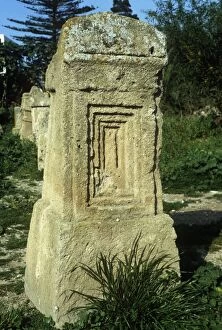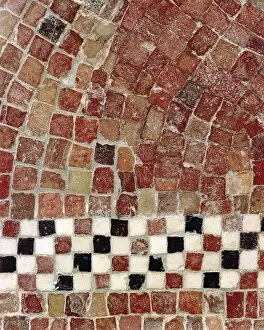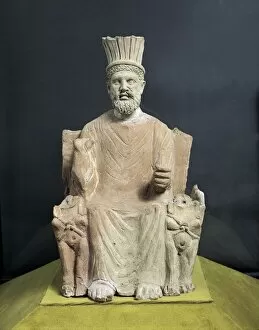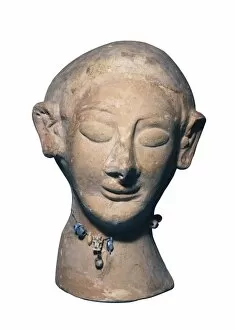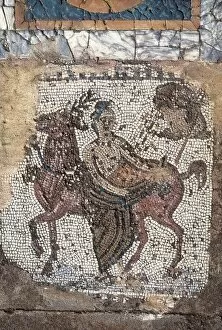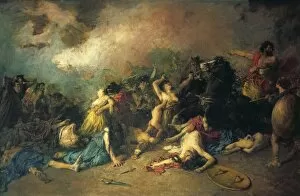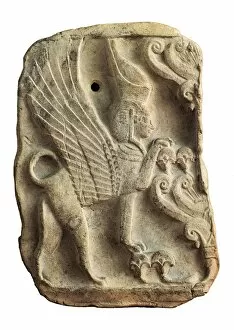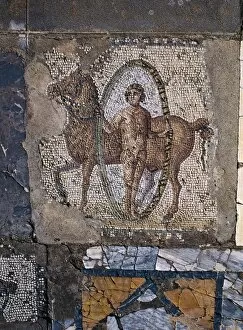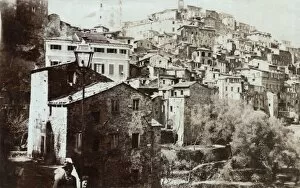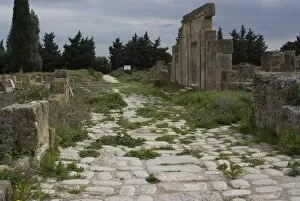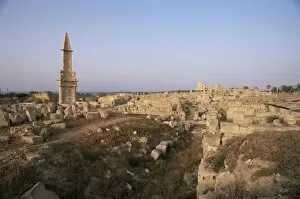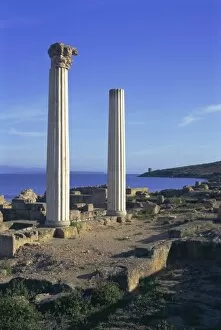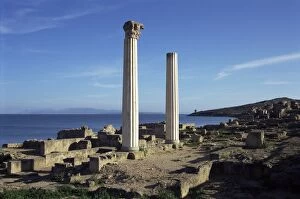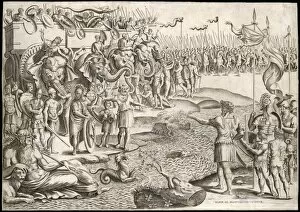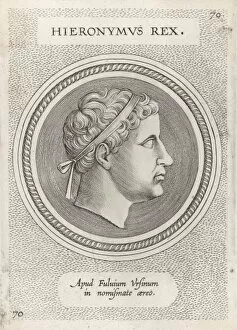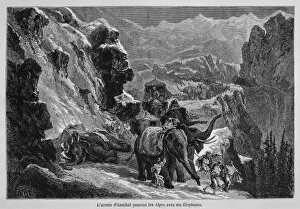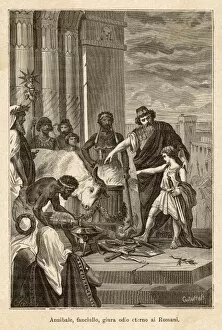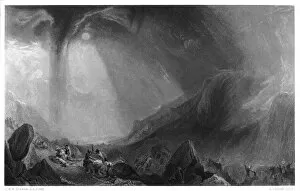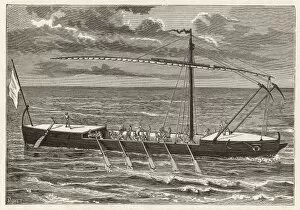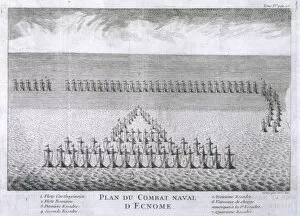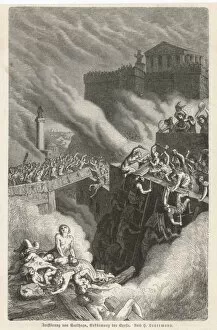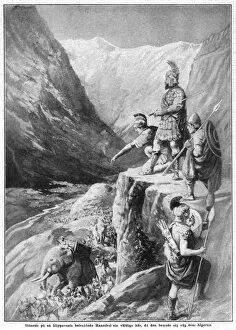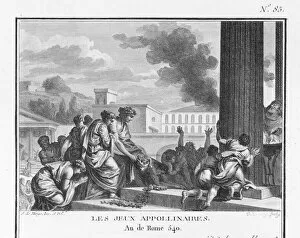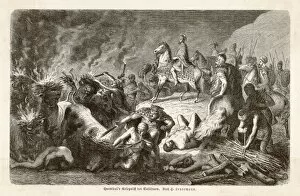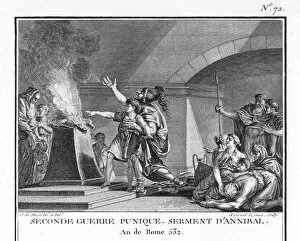Punic Collection (page 4)
"Punic: A Tale of Epic Battles and Ancient Rivalries" Step into the world of ancient history as we delve into the captivating era of the Punic Wars
For sale as Licensed Images
Choose your image, Select your licence and Download the media
"Punic: A Tale of Epic Battles and Ancient Rivalries" Step into the world of ancient history as we delve into the captivating era of the Punic Wars. Witness Hannibal, a brilliant Carthaginian general, defying all odds by crossing the treacherous Alps with his army and mighty elephants. The audacity of this feat still echoes through time. In a clash that would shape empires, Scipio Africanus stands tall as he meets Hannibal at the Battle of Zama. Two formidable forces collide in an epic showdown, forever etching their names in history's annals. The Second Punic War between Rome and Carthage unfolds before our eyes. These great powers locked in a struggle for dominance; their fates intertwined on the battlefield. Marvel at Roman Republic's resilience against Carthaginian might during this tumultuous period. Carthaginian art reveals its splendor through a bust depicting goddess Tanit—a testament to their rich culture and artistic prowess. This sculpture transports us back to an age where gods were revered and beauty was immortalized in stone. Hannibal's daring expedition continues as he crosses not only mountains but also rivers like the Rhone River—an arduous journey that showcases his unwavering determination to challenge Rome's supremacy. Byrsa Hill emerges as a UNESCO World Heritage Site, reminding us of Carthage's original Punic site—the birthplace of legends and tales now whispered among ruins standing witness to centuries gone by. Scipio Africanus takes center stage once more—his strategic brilliance guiding Rome towards victory amidst political turmoil within Cato & Senate during these turbulent times known as the Punic Wars. Finally, we cannot overlook Hannibal's crowning achievement—the Battle of Cannae—a resounding triumph where his tactical genius decimated Roman forces. It remains one of history's most astonishing military victories.



